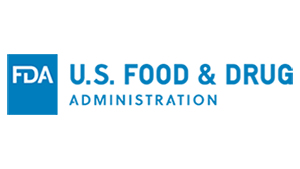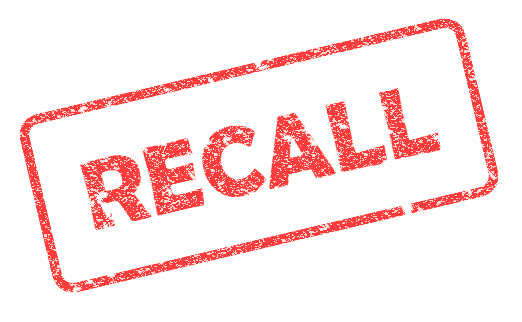Since 2019 the FDA’s crosscutting work has implemented artificial intelligence (AI) as part of the its New Era of Smarter Food Safety initiative. This new application of available data sources can strengthen the agency’s public health mission with the goal using AI to improve capabilities to quickly and efficiently identify products that may pose a threat to public health by impeding their entry into the U.S. market.
On February 8 the FDA reported the initiation of their succeeding phase for AI activity with the Imported Seafood Pilot program. Running from February 1 through July 31, 2021, the pilot will allow FDA to study and evaluate the utility of AI in support of import targeting, ultimately assisting with the implementation of an AI model to target high-risk seafood products—a critical strategy, as the United States imports nearly 94% of its seafood, according to the FDA.
Where in the past, reliance on human intervention and/or trend analysis drove scrutiny of seafood shipments such as field exams, label exams or laboratory analysis of samples, with the use of AI technologies, FDA surveillance and regulatory efforts might be improved. The use of Artificial intelligence will allow for processing large amount of data at a faster rate and accuracy giving the capability for revamping FDA regulatory compliance and facilitate importers knowledge of compliance carrying through correct activity. FDA compliance officers would also get actionable insights faster, ensuring that operations can keep up with emerging compliance requirements.
Predictive Risk-based Evaluation for Dynamic Imports Compliance (PREDICT) is the current electronic tracking system that FDA uses to evaluate risk using a database screening system. It combs through every distribution line of imported food and ranks risk based on human inputs of historical data classifying foods as higher or lower risk. Higher-risk foods get more scrutiny at ports of entry. It is worth noting that AI is not intended to replace those noticeable PREDICT trends, but rather augment them. AI will be part of a wider toolset for regulators who want to figure out how and why certain trends happen so that they can make informed decisions.
AI’s focus in this regard is to strengthen food safety through the use of machine learning and identification of complex patterns in large data sets to order to detect and predict risk. AI combined with PREDICT has the potential to be the tool that expedites the clearance of lower risk seafood shipments, and identifies those that are higher risk.
The unleashing of data through this sophisticated mechanism can expedite sample collection, review and analysis with a focus on prevention and action-oriented information.
American consumers want safe food, whether it is domestically produced or imported from abroad. FDA needs to transform its computing and technology infrastructure to close the gap between rapid advances in product and process technology solutions to ensure that advances translate into meaningful results for these consumers.
There is a lot we humans can learn from data generated by machine learning and because of that learning curve, FDA is not expecting to see a reduction of FDA import enforcement action during the pilot program. Inputs will need to be adjusted, as well as performance and targets for violative seafood shipments, and the building of smart machines capable of performing tasks that typically require human interaction, optimizing workplans, planning and logistics will be prioritized.
In the future, AI will assist FDA in making regulatory decisions about which facilities must be inspected, what foods are most likely to make people sick, and other risk prioritization factors. As times and technologies change, FDA is changing with them, but its objective remains in protecting public health. There is much promise in AI, but developing a food safety algorithm takes time. FDA’s pilot program focusing on AI’s capabilities to strengthen the safety of U.S. seafood imports is a strong next step in predictive analytics in support of FDA’s New Era of Smarter Food Safety.











